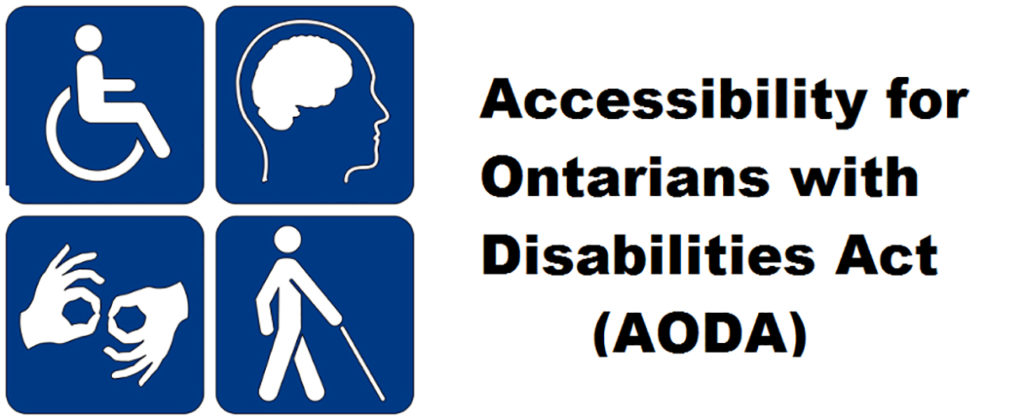









Before we continue ahead to discuss the accessibility standards, it is important to understand the Accessibility for Ontarians with Disabilities Act, 2005. So, let’s get started!
AODA, or Accessibility for Ontarians with Disabilities Act, 2005, establishes the process for developing and applying accessibility standards. The standards are developed in collaboration with people with disabilities and industry groups, as well as the government.
The government is responsible for developing accessibility criteria that organizations must meet under the AODA. Implementing and enforcing these standards will enable us to collaborate in making Ontario more accessible and inclusive by 2025.
Accessibility standards are rules that must be followed by the government, corporations, non-profits, and public sector organizations in order to become more accessible for the common public, especially for the visually impaired.
They assist organizations in identifying and removing barriers in five areas of daily life to increase accessibility for individuals with disabilities. Such standards act as the foundation stone for ensuring the accessibility of all in the public spaces.
The AODA’s design of public spaces standard specifies that newly created or redeveloped public places must be accessible to people with disabilities. The Design of Public Places Standard outlines methods for making common places more accessible. For example, there are accessibility requirements for:
Recreational trails and beach access routes
Public eating areas like rest stops or picnic areas
Outdoor play spaces, like playgrounds in provincial parks and local communities
Accessible parking (on and off the street)
Office building lobbies
Indoor stairs and ramps
Cafeteria and lounge space
Indoor public spaces of apartment buildings
Outdoor paths of travel, like sidewalks, ramps, stairs, curb ramps, rest areas and accessible pedestrian signals
Indoor play spaces and corridors
Ontario Building Code includes the accessibility rules for the indoor space, whereas the Design of Public Spaces Standard constitutes the guidelines for service-oriented elements like service counters, fixed queuing lines, and waiting areas with fixed seating.
The Design of Public Spaces Standard is applicable to -
New spaces and buildings
Existing spaces undergoing renovations
Public sector organizations
Private organizations with fifty or more workers
Private organizations with fewer than fifty employees are simply obligated to follow rules for accessible facilities -
Recreational trails and beach access routes
Accessible parking
Service-related elements like service counters, fixed queuing lines, and waiting areas
Maintenance and restoration of public spaces
The Ontario Building Code sets the accessibility criteria for most new construction and major building renovations. These contain the following requirements:
Barrier-free access paths of travel
Fire safety devices
Public washrooms
Access to pools and saunas
Seating in public spaces
The criteria apply to the majority of new construction and large renovations in Ontario, and they function in tandem with the Design of Public Spaces standard. Existing structures are unaffected unless major renovations are planned. Smoke alarm regulations apply to dwellings, including semi-detached houses, townhouses, and duplexes, but not to the majority of other accessibility standards.
